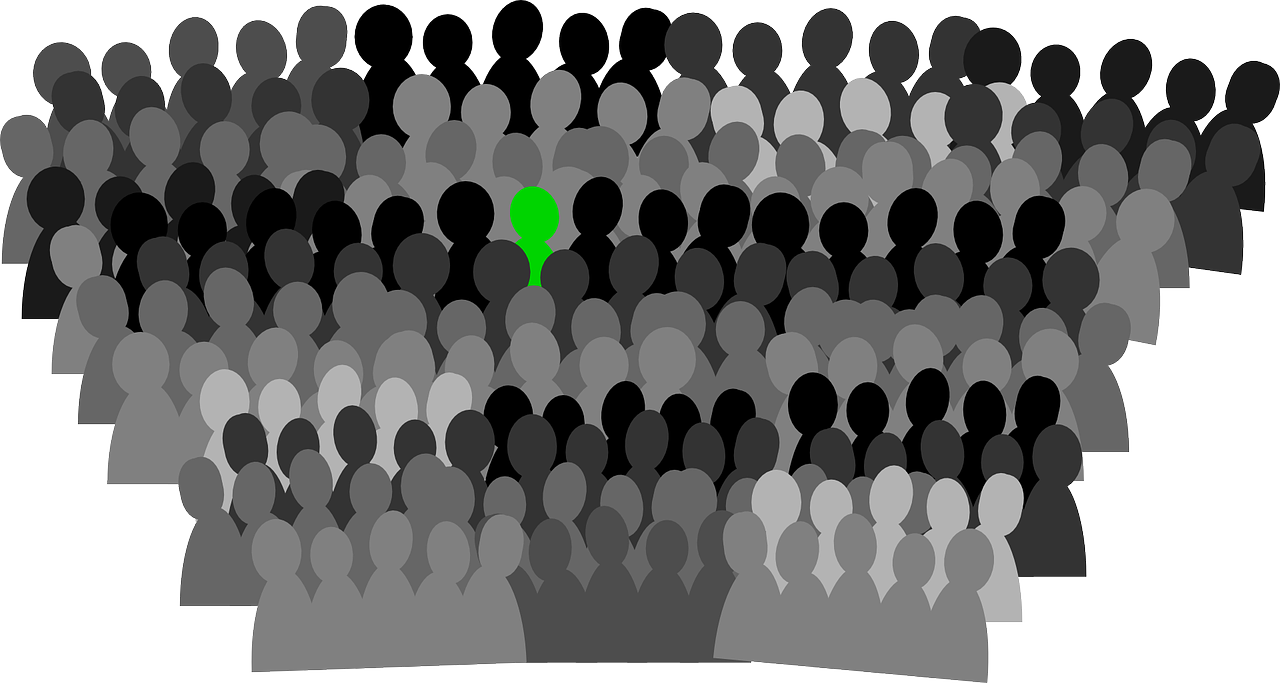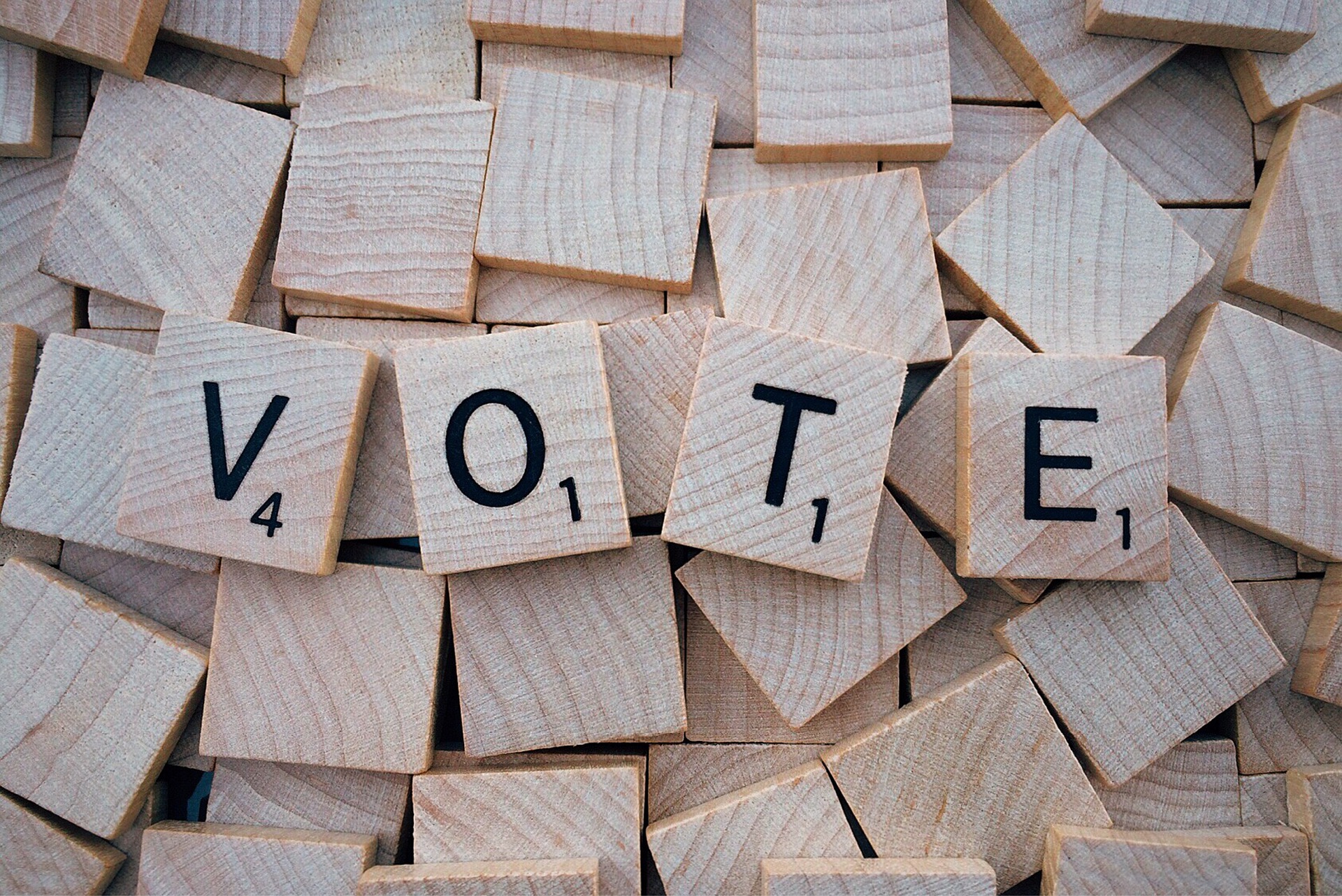Not Every Vote Is Equal: The Role of an Influencer at a Convention>
Attending a convention is an exciting venture, especially for the teams who worked extremely hard to put forward a winning candidate. Weeks or even months in advance, teams begin whipping the delegates and alternates as excel spreadsheets filled with information fly back and forth. Approaching the convention, long conference calls are completed along with color matching.

Ordinarily, the significant effort put into the preparations should begin paying off. However, often the passion does not translate into votes. There could be numerous reasons why this happens. Nevertheless, the most frequent and the most important reason is that the team’s efforts were not focused on talking to the right people at the right time. Moreover, there is a possibility that the team utilized greedy algorithms that are not recoverable.
In the competitive environment of the 21st century, whipping votes should be accomplished by using sophisticated algorithms achieved by utilizing computer software combined with human network connections. Greedy algorithms have been often used in convention elections during whip the floor events. Those algorithms do not always facilitate optimal results and are not recoverable. However, they provide results in a timely manner.

The Influencers
First, to maximize a candidate’s ability to win includes implementing an algorithm better than greedy starting with around 2-5% of the delegates’ population. We can call the 2-5% population “the influencers”.The influencers represent a group naturally comprised of unique individuals who may not have anything in common with other influencers, yet they have a strong following among the delegates on the floor.
For example, if a single influencer has a following of 1-10 delegates, it means that convincing him or her to pledge the vote for a candidate will bring 1-5% more people who will pledge their vote for the candidate as well. The pledge votes will accumulate and at a certain point, after reaching 26% of pledge votes, will transform the candidate from peripheral to main contender.
Scale Campaign’s unique software app Whip The Floor provides an out-of-the-box ability for campaign managers and whips to mark any delegate or alternate as the influencer. Conversely, every whip will be able to focus on influencers and try to obtain their pledged votes.
Some campaigns, however, focus on endorsements rather than covering the influencers first. Endorsements are often used for massive email distribution and are rarely connected to the actual voting. You can compare endorsements to a fashion show where the models display designer clothing. Even when the designer shows are bright and flashy, the population does not necessarily embrace the designer’s talent or products. Ordinarily, sometimes endorsers are the same individuals that are regarded as influencers. Nevertheless, that is not always the case.
Influencers demonstrate their power through face-to-face conversations with an individual or a small group. Often, group behavior is dictated by a simple principle: individuals do not want to stand out afraid of not receiving acceptance of other group members. Instead, they choose to go with the majority opinion decided by the influencers driving the conversation.

Whipping the Influencers
The candidate’s team has other reasons to begin whipping the influencers before others, including keeping the tempo steady. If the floor of delegates is comprised of about 2,500 individuals, calling them one by one in alphabetical order may prove to be a daunting exercise which will eventually hurt or even stop the campaign. Moreover, talking to random delegates in alphabetical order could supply the candidate with the wrong impression if the projections are based on an inaccurate sample.
On the other hand, if the candidate’s team whips 2-5% across all units of the floor, it gives a scientific reason for calculation of the statistical chances of performing on the first or second ballot. In fact, 5-10% of all the delegates’ pool is already sufficient to decide the outcome of an election, which equals to about 125 individuals from a pool of 2,500 delegates. Instead of calling 2,500 individuals, a candidate could call only 125 individuals and mark their leaning. In total, the calls could take between 10-20 hours. If a candidate makes five calls every day, in less than two weeks he or she will be able to estimate their chances of winning the election.
Not every vote is equal, and some individuals play a greater role at a convention vote than others. The so-called influencers have a large following among the delegates on the floor, which makes it useful for the campaign to concentrate on covering them first. There is a saying in economics, “Follow the money.” The same way we could relate the saying to the convention vote, “Follow the influencers.”